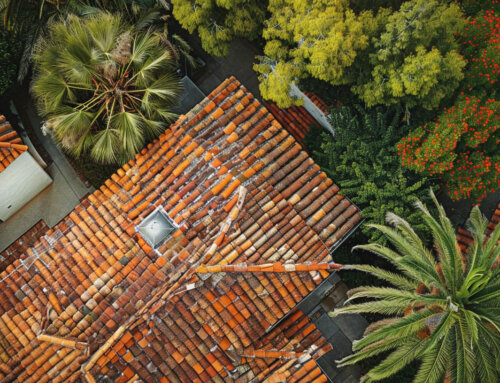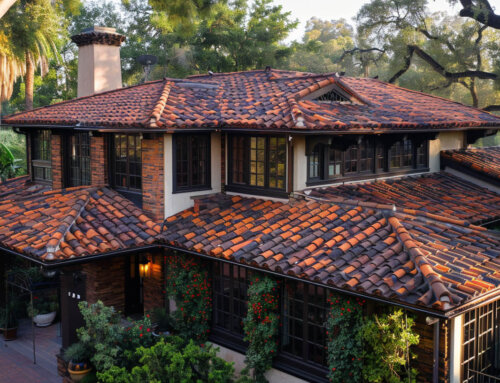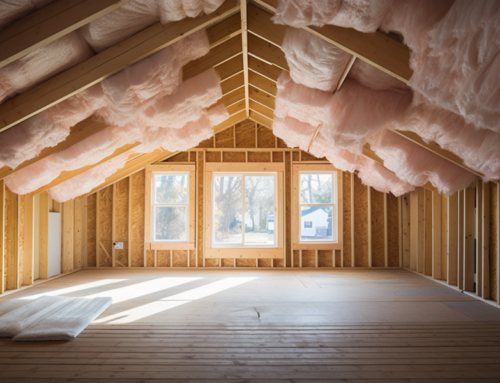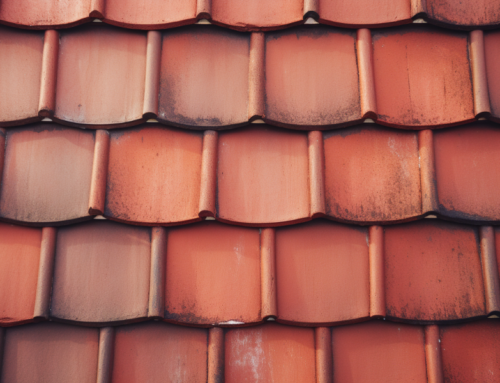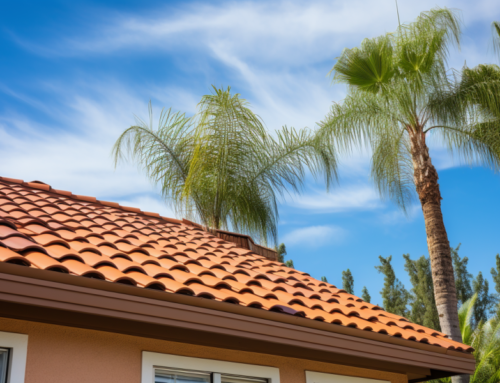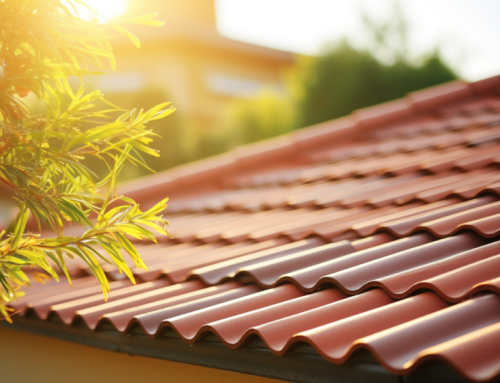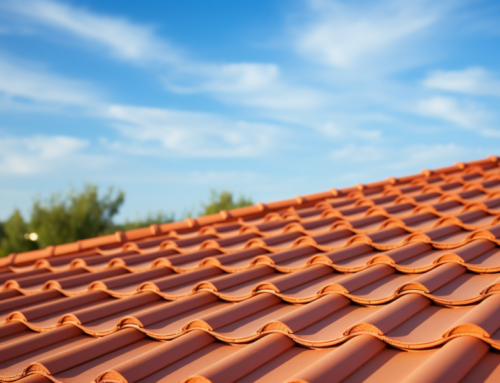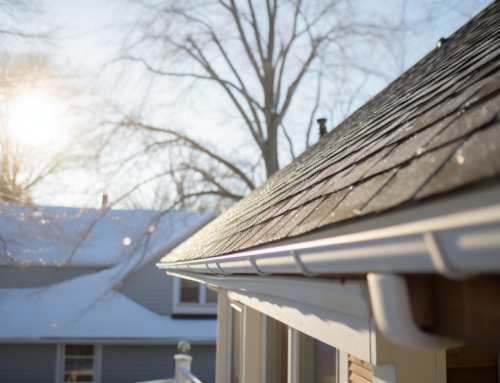Ensuring proper drainage is crucial for all roof types, not just flat ones. Different roofs have unique characteristics and challenges, necessitating tailored drainage solutions. San Diego County Roofing & Solar, with its vast experience in roofing in San Diego, sheds light on the optimal drainage systems for various roof designs.
Flat Roofs
As previously discussed, flat roofs lack the natural gradient to channel away water, making them prone to water pooling. Effective drainage systems for flat roofs include:
- Internal Drains: Positioned at strategic points on the roof, these drains channel water away through concealed pipes.
- Scuppers: Openings on the side of the roof that allow water to drain off the side.
- Gutters: These are attached to the edges of the roof and guide water to downspouts, which direct it away from the building’s foundation.
Pitched or Sloped Roofs
Sloped roofs naturally channel water downwards, but they still require systems to guide this water away effectively.
- Gutters and Downspouts: The most common solution for sloped roofs. Gutters collect the water that runs off the roof, directing it to downspouts that carry it safely to the ground.
- Valley Drains: Placed in the ‘valleys’ or the angles where two sloped roofs meet, these drains help prevent water accumulation in these vulnerable areas.
Gabled Roofs
Gabled roofs, characterized by their triangular shape, have two sloping sides that come together at the top.
- Gutters: Installed along the edges of both slopes, they collect and direct water to downspouts.
- Kick-out Flashing: This is a small piece of metal at the end of the roof and wall intersection. It ensures that water flowing off the roof is directed into the gutter, preventing it from running down the side of the building.
Hip Roofs
Hip roofs have slopes on all four sides, which come together at the top to form a ridge.
- All-round Gutters: Due to the sloping on all sides, gutters are installed around the entire perimeter of the roof.
- Conductor Heads: These funnel water from the gutters into downspouts, ensuring efficient drainage, especially during heavy rainfall.
Mansard Roofs
Mansard roofs, also known as French roofs, have two slopes on each of their four sides.
- Box Gutters: These are built into the bottom of the upper slope and are concealed from view. They collect water and direct it to downspouts.
- Scuppers: Used in conjunction with box gutters, they allow water to exit from the roof.
In Conclusion
Regardless of the roof type, ensuring efficient drainage is paramount. Water accumulation can lead to a host of problems, from structural damage to mold growth. By understanding the unique requirements of each roof design and implementing the appropriate drainage solutions, homeowners can safeguard their investment and ensure the longevity of their roofs. Trusting professionals like San Diego County Roofing & Solar can make this task seamless and effective.



